Australia’s Poisonous Plants, Fungi and Cyanobacteria, A Guide to Species of Medical and Veterinary Importance
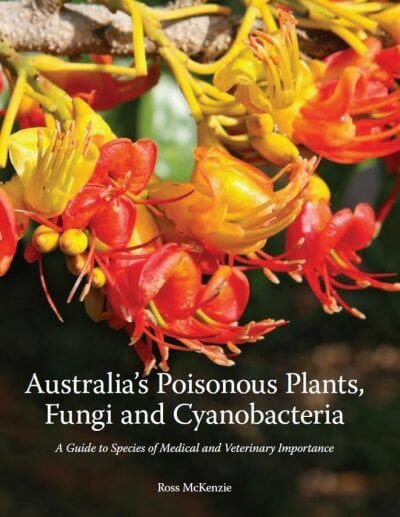
By Ross Andrew McKenzie
Australia’s Poisonous Plants, Fungi and Cyanobacteria, A Guide to Species of Medical and Veterinary Importance. Australia’s Poisonous Plants, Fungi and Cyanobacteria is the first full-colour, comprehensive guide to the major natural threats to health in Australia affecting domestic and native animals and humans. The overriding aim of the book is to prevent poisoning, as there are few effective treatments available, particularly in domestic animals.
The species have been chosen because of their capacity to threaten life or damage important organs, their relative abundance or wide distribution in native and naturalised Australian flora, or because of their extensive cultivation as crops, pastures or in gardens. These include flowering plants, ferns and cone-bearing plants, macrofungi, ergot fungi and cyanobacteria.
The plant species are grouped by life form such as herbs, grasses and sedges, shrubs, trees, and for flowering plants by flower type and colour for ease of identification. Species described have colour photographs, distribution maps and notes on confusing species, habitats, toxins, animals affected, conditions of poisoning, clinical signs and symptoms, post mortem changes, therapy, prevention and control. Symbols are used for quick reference to poisoning duration and available ways of managing poisoning. As further aids to understanding, poisoning hot-spots are highlighted and the book lists plants under the headings of animals affected and organs affected. A Digest gives brief details for all poisonous species in Australia.
This book is written in a straightforward style making it accessible to a wide audience including farmers, veterinarians, agricultural advisors, gardeners, horticulturists, botanists and park rangers, medical practitioners and paramedics, teachers, parents and pet owners. First published in 2012 as a hardback and made available in eBook format in 2020.
Read more: Clinical Anatomy and Physiology for Veterinary Technicians 4th Edition
| File Size | 44 MB |
| File Format | |
| Download link | Free Download | Become a Premium, Lifetime Deal |
| Support & Updates | Contact Us | Broken Link |
| Join Our Telegram Channel |  |
| More Books: | Browse All Categories |



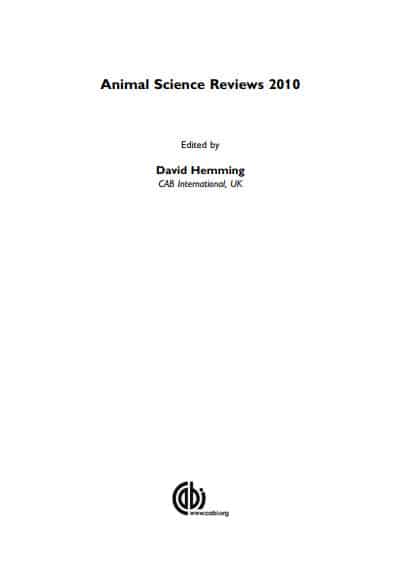
 By David Hemming
By David Hemming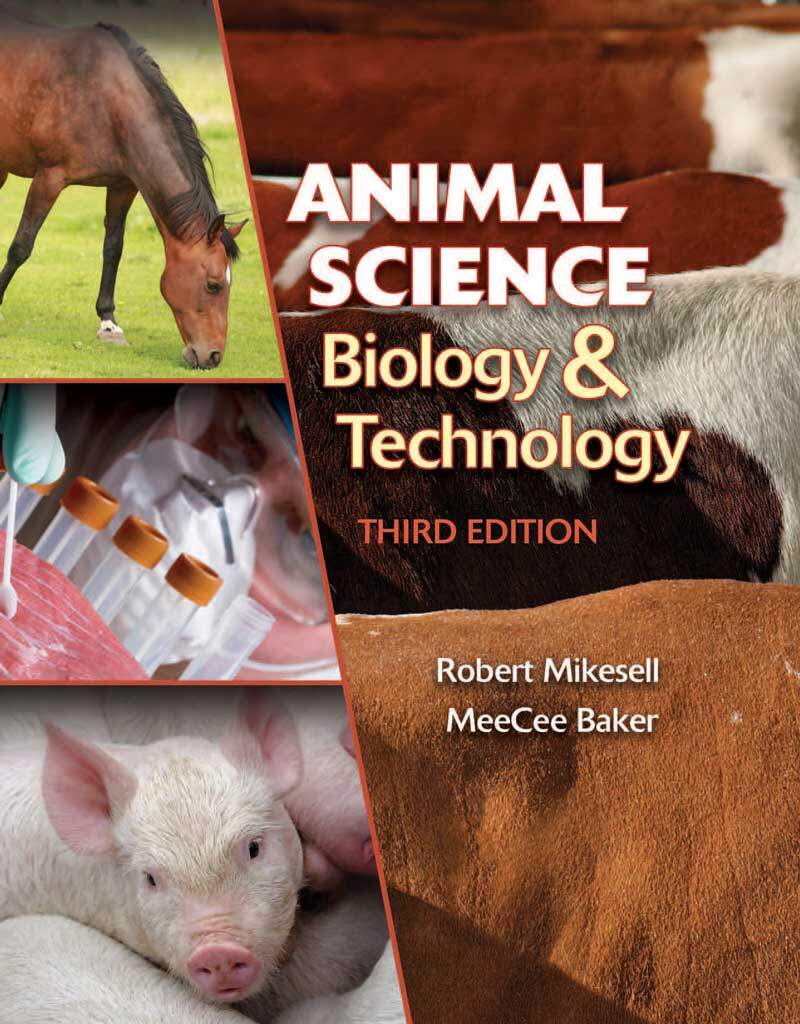



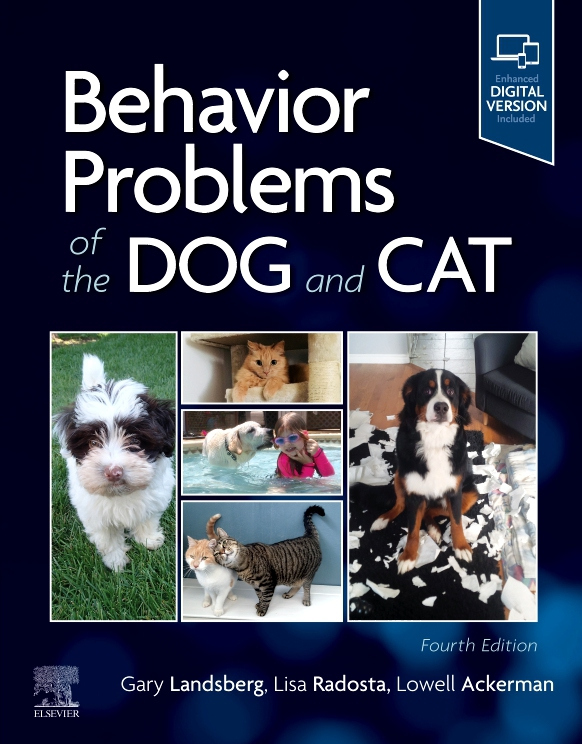
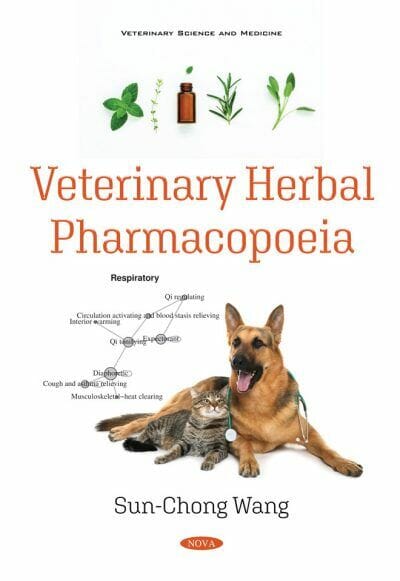

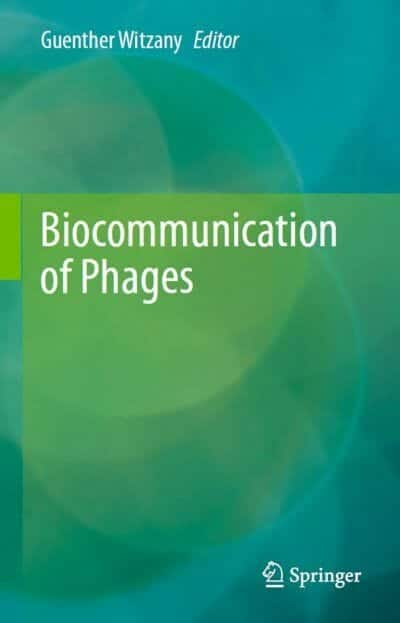
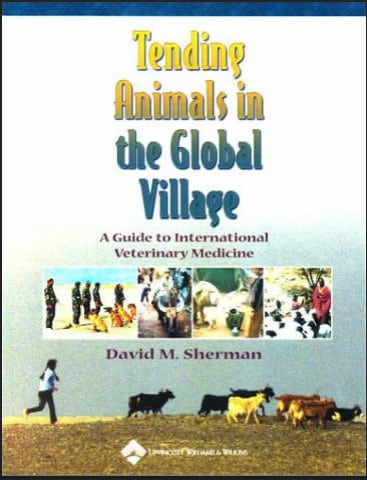
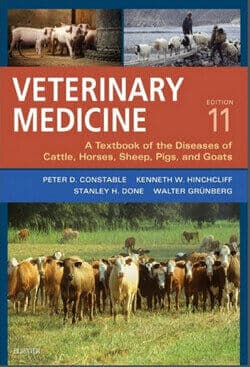
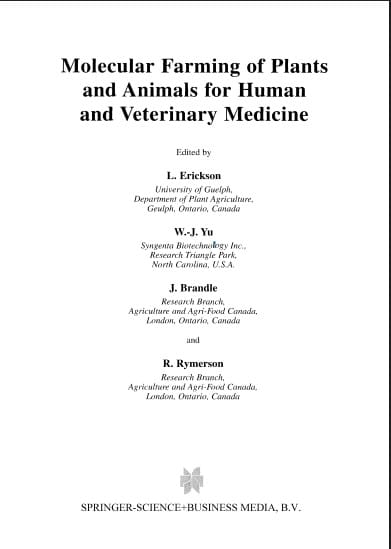





![Textbook of Veterinary Diagnostic Radiology 8th Edition [PDF+Videos+Quizzes] Thrall’s Textbook of Veterinary Diagnostic Radiology, 8th edition PDF](https://www.vet-ebooks.com/wp-content/uploads/2019/09/textbook-of-veterinary-diagnostic-radiology-8th-edition-100x70.jpg)


![Ettinger’s Textbook of Veterinary Internal Medicine 9th Edition [PDF+Videos] Ettinger’s Textbook of Veterinary Internal Medicine 9th Edition [True PDF+Videos]](https://www.vet-ebooks.com/wp-content/uploads/2024/10/ettingers-textbook-of-veterinary-internal-medicine-9th-edition-100x70.jpg)





